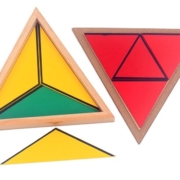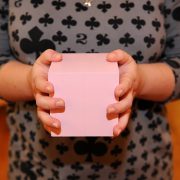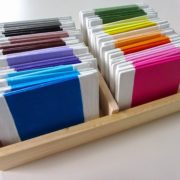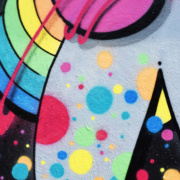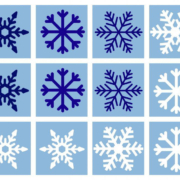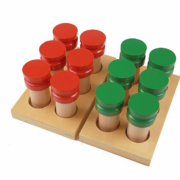Sensorial: Smooth and Rough boards
The purpose of the lesson using rough and smooth boards is to teach children to use their sense of touch when exploring the world around them. It’s a simple activity that can easily be replicated at home. All you need is: four varying grades of sandpaper cut into squares and glued onto individual pieces of hard board or even cardboard.

The lesson takes place in three phases that require two sets of four matching board squares (so that children can pair cards) with varying degrees of sandpaper, from smoothest to roughest.
Phase 1: place two boards, the smoothest and the roughest, in front of the child; demonstrate the activity by running your fingers over each board whilst differentiating the difference in texture with the corresponding terms – rough and smooth. Then let the child do it.
Phase 2: place four cards in front of the child and repeat the exercise, articulating variance in texture as follows: smooth, rough, rougher, roughest. Then get the child to repeat after you.
Phase 3: is a matching game. Lay out the first set of four cards in order of smooth to roughest; mix up the corresponding set and ask the child to match the textured cards he is holding with the cards placed in front of him. To deter the child from matching the cards visually, ask him to close his eyes (or use a blindfold if he is comfortable with it) so that he is matching by touch rather than sight.
Have a look at the below tutorial by My Montessori Works to see the activity in action:
An extension of this lesson is to mix both sets of cards up (eight cards in total) and place them face down in front of the child, then with eyes closed (or blindfolded) get him to match cards of the same texture. Another great idea is to get the children to create their own rough boards: use a glue wash on pieces of card and dip the card into a variety of textured items, like tiny pasta, salt and coarse salt. Let the cards dry and then use with any texture work you do at home with your children.
If you’d like further information about this tutorial, feel free to contact us at info@standrewsmontessori.com. We’re happy to answer any questions.


